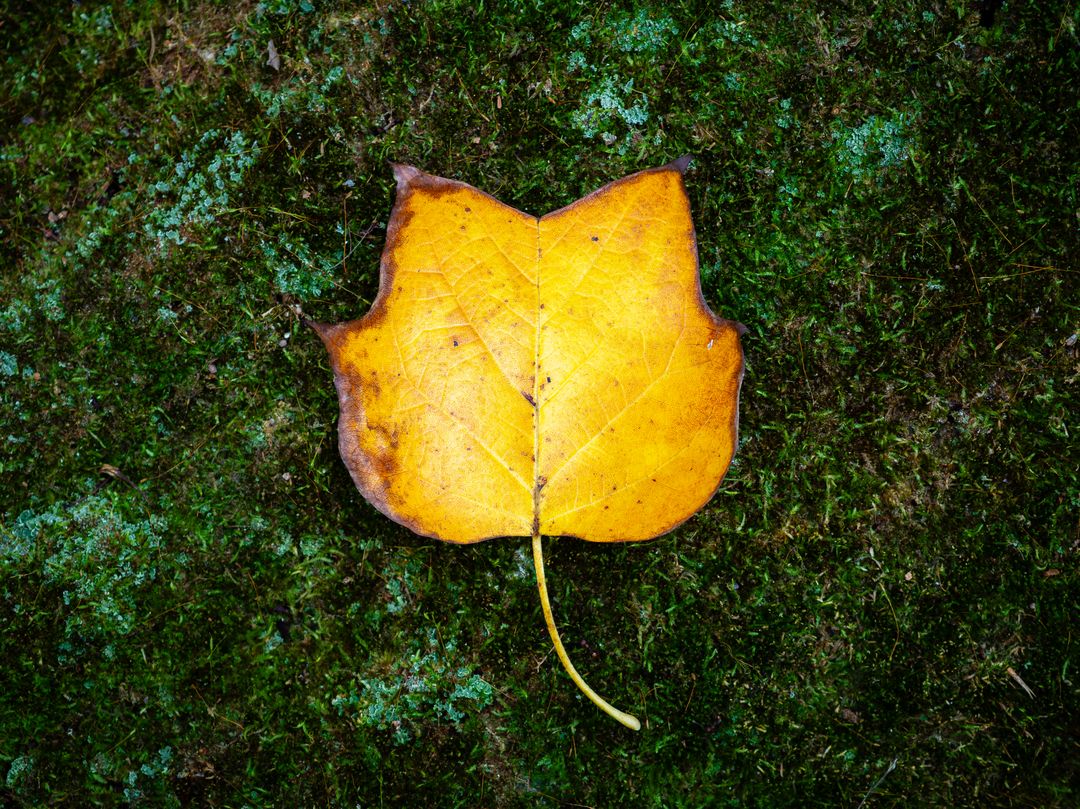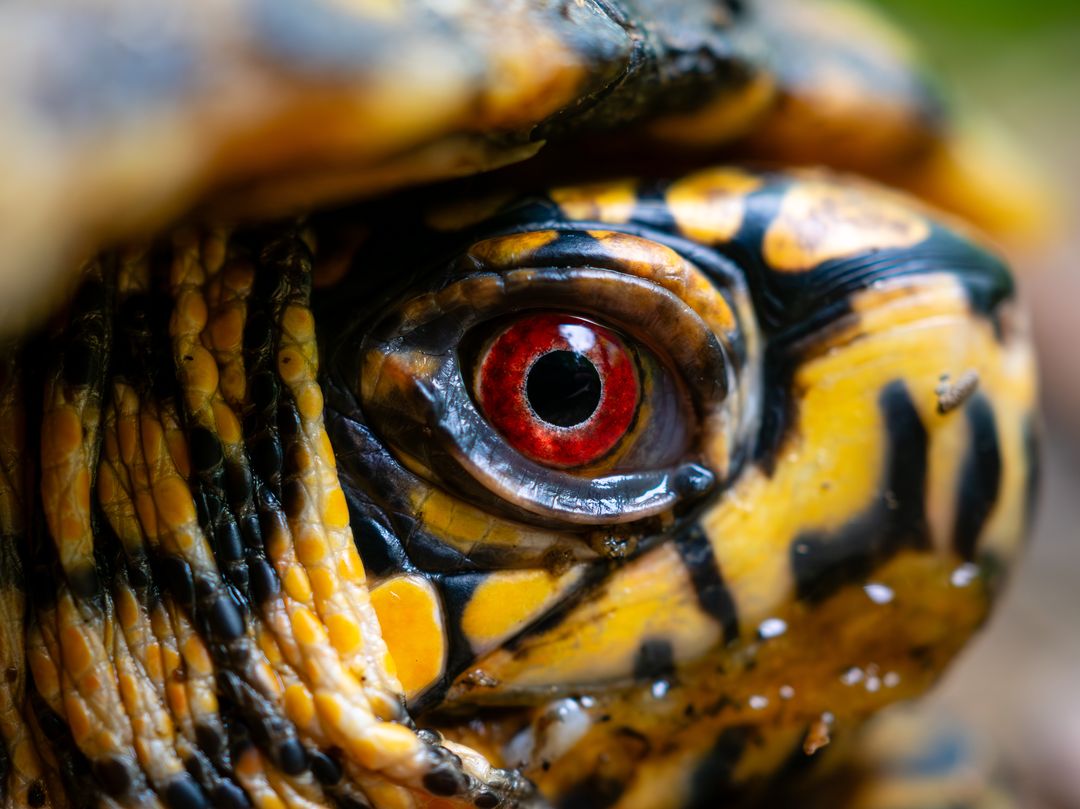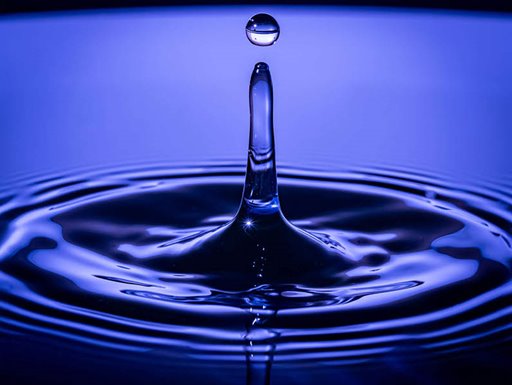Here you will find an ever increasing range of articles covering technique and tips on using our cameras and lenses.
OM SYSTEM offers a variety of macro lenses that can get freakishly close to your subjects. From 1x to 2x, and 30mm to 90mm, there is a flavour for every macro lover. So, which lens is right for you? In this article I’ll break down the unique characteristics of each lens in an effort to help you decide.
Sizes and Switches
Before analyzing lens details, let’s go over some general comparisons. There are significant size differences between each OM SYSTEM macro lens. Pictured is the short and compact 30mm on the left, the 60mm in the middle, and 90mm on the right. You may be thinking, “Whoa, the 90mm is HUGE!”. I promise, it’s really not that big. The M.Zuiko 90mm f/3.5 Macro IS Pro is about 150 grams lighter than most full frame macro lenses.
So now you may be thinking “Whoa, the 30mm is SMALL”. Yeah, it is. And so is the 60mm. The small form factors are great for portability and use, but the size does come into play with lighting, which I will cover later.
You’ll also notice that the 30mm doesn’t have any external buttons or switches, whereas the 60mm and 90mm are furnished with them. Each of those buttons and switches offer additional utility. I’ll break down what they’re used for and how I like to use them.
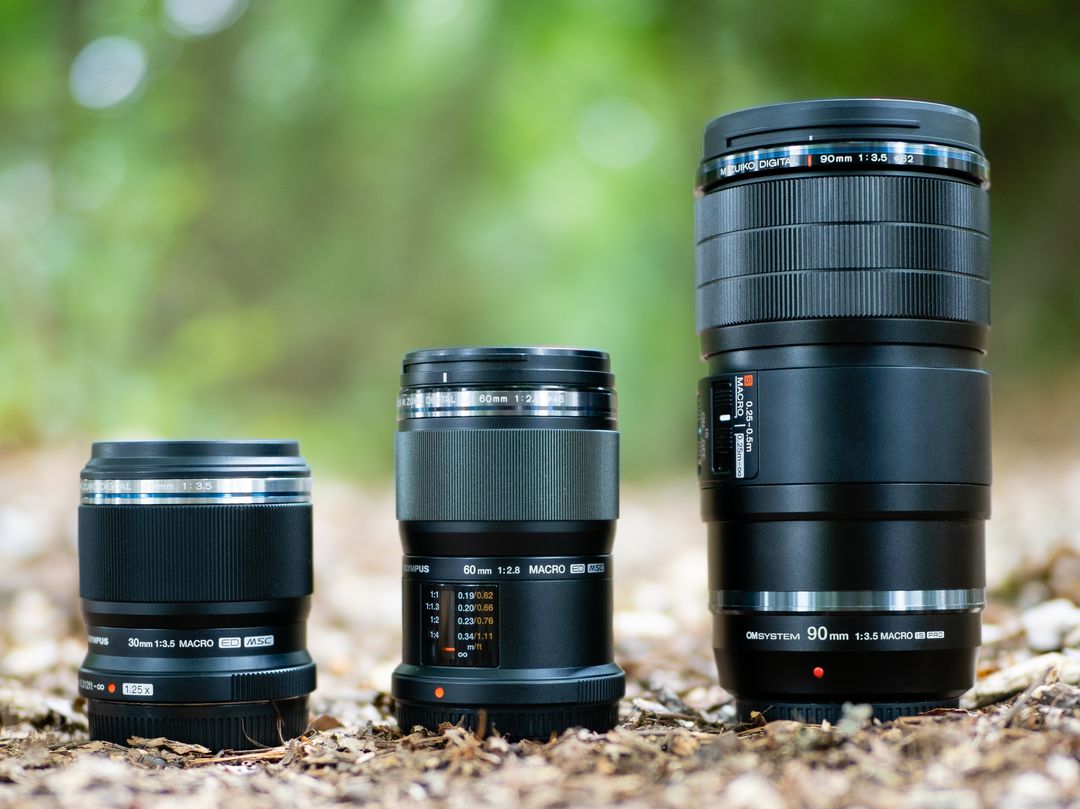
M.Zuiko Digital ED 90mm F3.5 Macro IS PRO
Let’s start with one of the most capable macro lenses ever made. The M.Zuiko 90mm is truly a force to be reckoned with.
Lens attributes:
- Up to 2x magnification
- Image stabilization
- Ample macro working distance
- Focus clutch
- Focus limit switch
- Autofocus (hard to come by on a 2x lens, if at all)
- Focus stacking/bracketing capable
- Weather sealed
Since getting this lens, I’ve rarely put another macro lens on my OM-1. The sharpness at higher f-stops and 2x magnification greatly complement my portrait shooting style.
Sounds great, why would anyone not want it? For starters, it’s a premium lens with a premium price. Second, not everyone is trying to get in as close as 2x magnification. That’s really close. 2x on a Micro Four Thirds system looks like 4x compared to full frame. Lastly, it’s not as compact as its macro siblings.
But let’s get back to the good stuff. The 90mm is incredible. I don’t’ know a single person who got their hands on the lens and wasn’t enamored with it. For the past several months I have been capturing my most detailed portrait shots with it, ever. The increased working distance lets me have considerable room between the front of the lens and my subjects, and the sharpness at full magnification is really amazing. I even prefer the longer lens length because it enables me to use more larger, more powerful flashes, and larger diffusers.
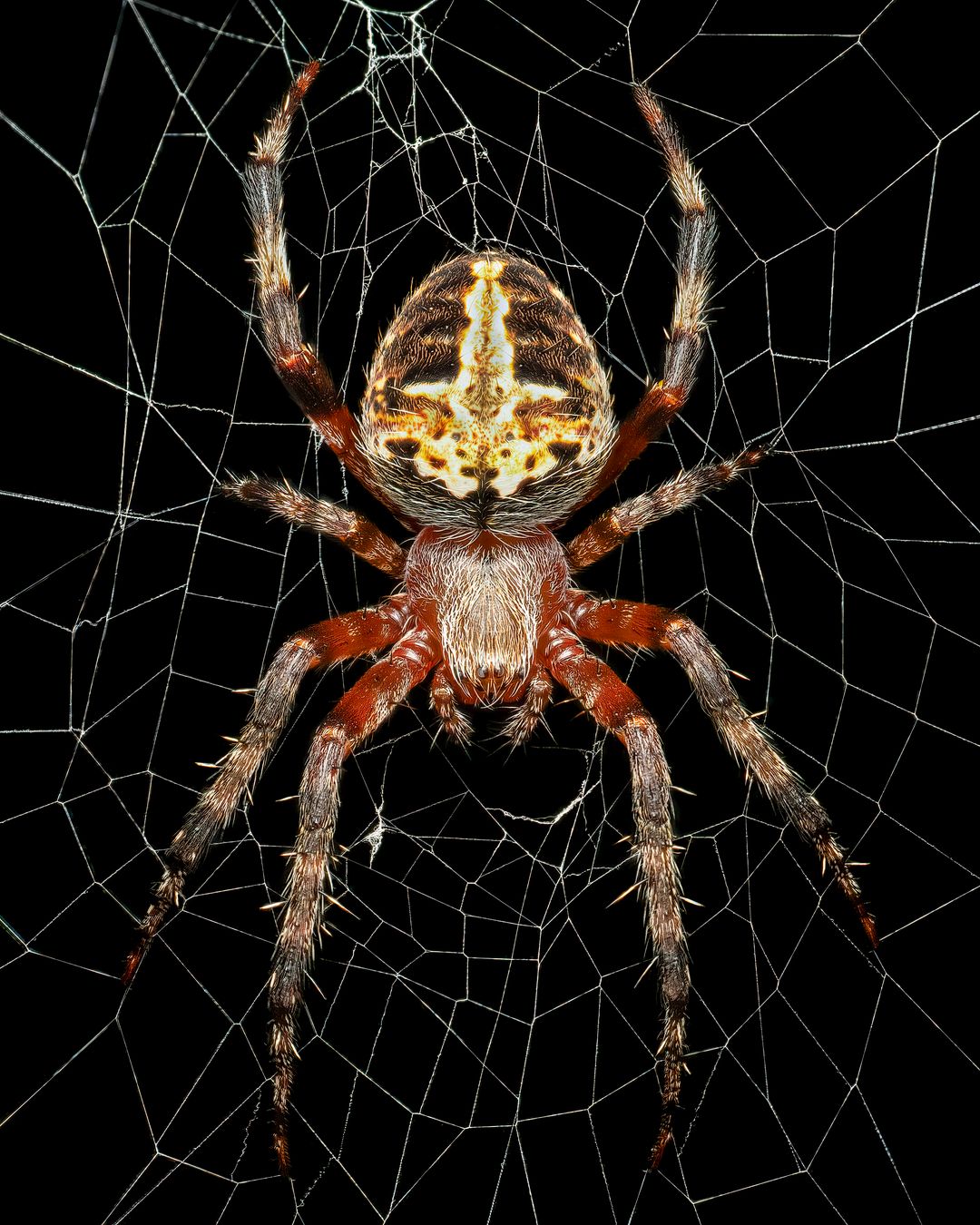
With the manual clutch pulled back, I’m able to see precisely what magnification I’m shooting at. I prefer to size up my subject and guess which magnification will fill the frame, and then pop the clutch forward and make smaller adjustments with the focus ring (I shoot with manual focus).
The 90mm has two external switches and one programmable button. The focus limiter is great if you like autofocus but don’t want to get too close or too far away. If you think the lens stabilization may affect a static shot (i.e., shooting on a tripod) you can switch that on and off as well. Finally, even though I lean heavily on Focus Bracketing, it doesn’t mean I always want the camera to start rapid firing at 10fps when I hit the shutter. I programmed the L-Fn button to turn on/off Focus Bracketing.

Is the 90mm right for you?
The 90mm is amazing. It’s also a lot of lens. It has all the bells and whistles sought after by seasoned macro photographers, but some of the features may be underutilized if you’re just starting your macro journey.
2x magnification is a huge selling point, but as stated above, 2x on a Micro Four Thirds system is extremely close and the depth of field is incredibly small. Capturing images at those settings is challenging, to say the least. It’s also great at lesser magnifications, but you can accomplish that with the other, more budget friendly OM SYSTEM macro lenses.
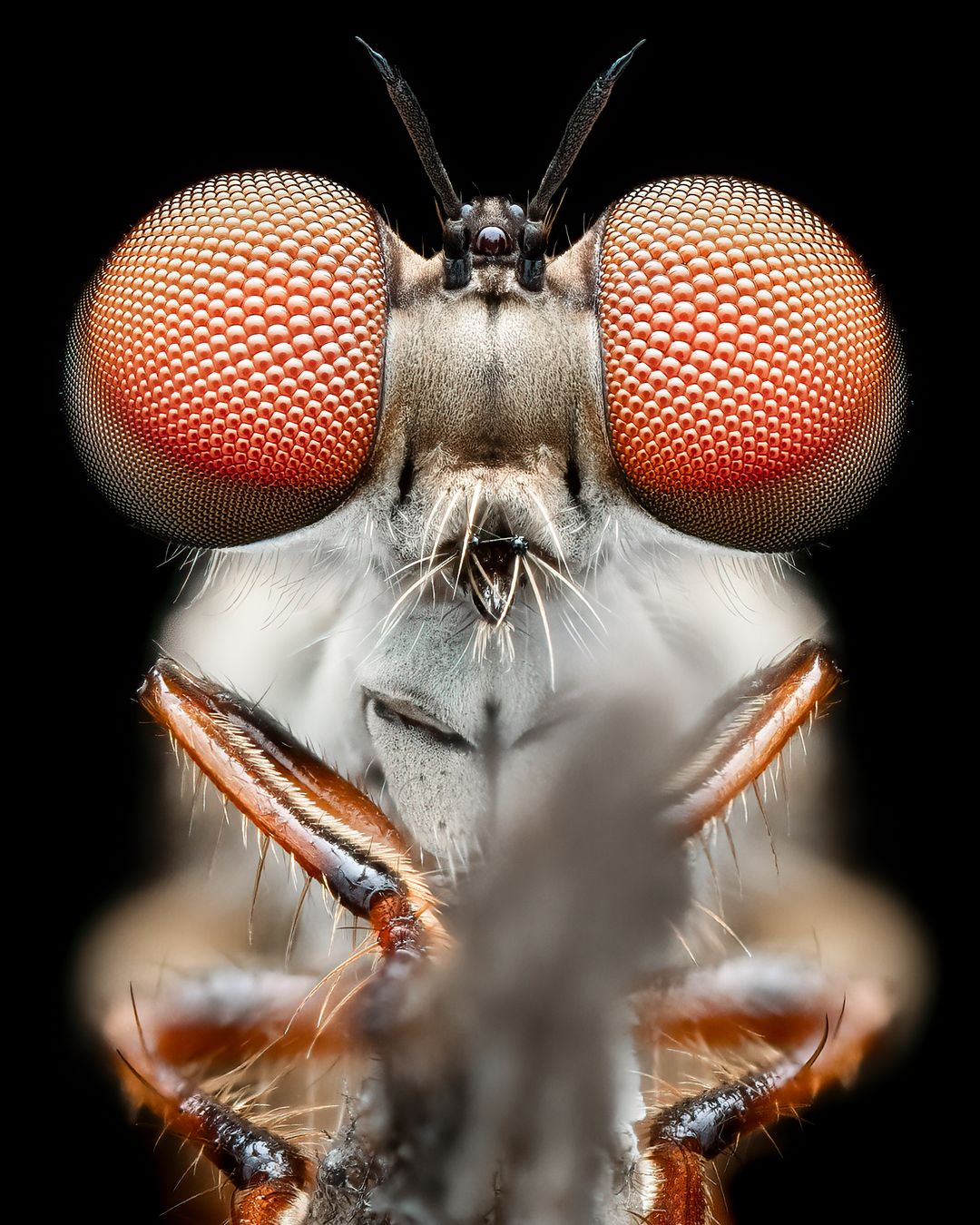


M.Zuiko Digital ED 60mm F2.8 Macro
I have a special place in my heart for the 60mm. It was my first experience with OM SYSTEM and it’s a budget-friendly workhorse. I would still be using it if the 90mm didn’t grace me with its presence.
Lens attributes:
- Up to 2x magnification
- Ample macro working distance
- Focus limit dial/switch
- x magnification 2quick dial
- Magnification display
- Autofocus
- Focus stacking/bracketing capable
- Weather Resistant
When I first got the 60mm a few years ago, I couldn’t help but laugh. I still had all of my full frame macro gear and it was so small in comparison. It really is tiny, but it packs a punch.
The small stature is perfect for those that want a light and portable macro experience. Even with a flash and diffuser, the entire setup on an OM SYSTEM body can easily be hand carried for extended periods of time. You will likely want to use a more compact flash with the 60mm because the flash head of a full sized speedlight when facing forward will stick out just as far as the lens, and that makes for some tricky diffusion. It’s not impossible, but it’s tricky.
Some of my favorite features of the 60mm are the 1x magnification option on the focus limit dial and the magnification display on the lens barrel. I wish the 90mm had both of these. The dial can quickly take you to max magnification by turning it to the 1:1 position. This is great for when you’re down in the brush and need to reset your closest focus distance with a single finger. The magnification display is also great because it gives you a sense of how close you are and how the distance might affect your shot. The 90mm has a magnification display but only when the clutch is pulled down in manual position.

Is the 60mm right for you?
You can’t go wrong with the 60mm. It’s a sharp little machine for a budget price that can make excellent macro images. I recommend this lens to anyone first exploring macro, and anyone that has been shooting macro for some time but just now moving to the Micro Four Thirds system. It goes up to 1x magnification, which looks like 2x on full frame, and with additional close-up lenses you can push that higher. But if your goal is to get as close as possible and you have a roomier budget, I would recommend the 90mm over this lens.
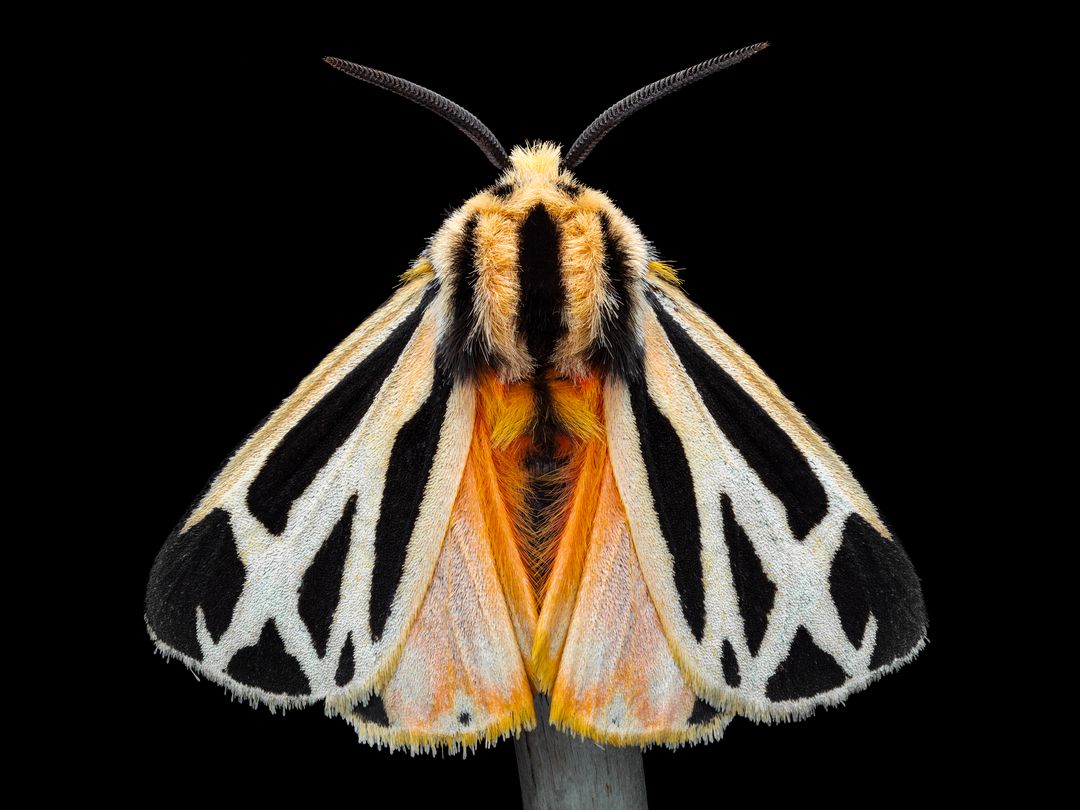
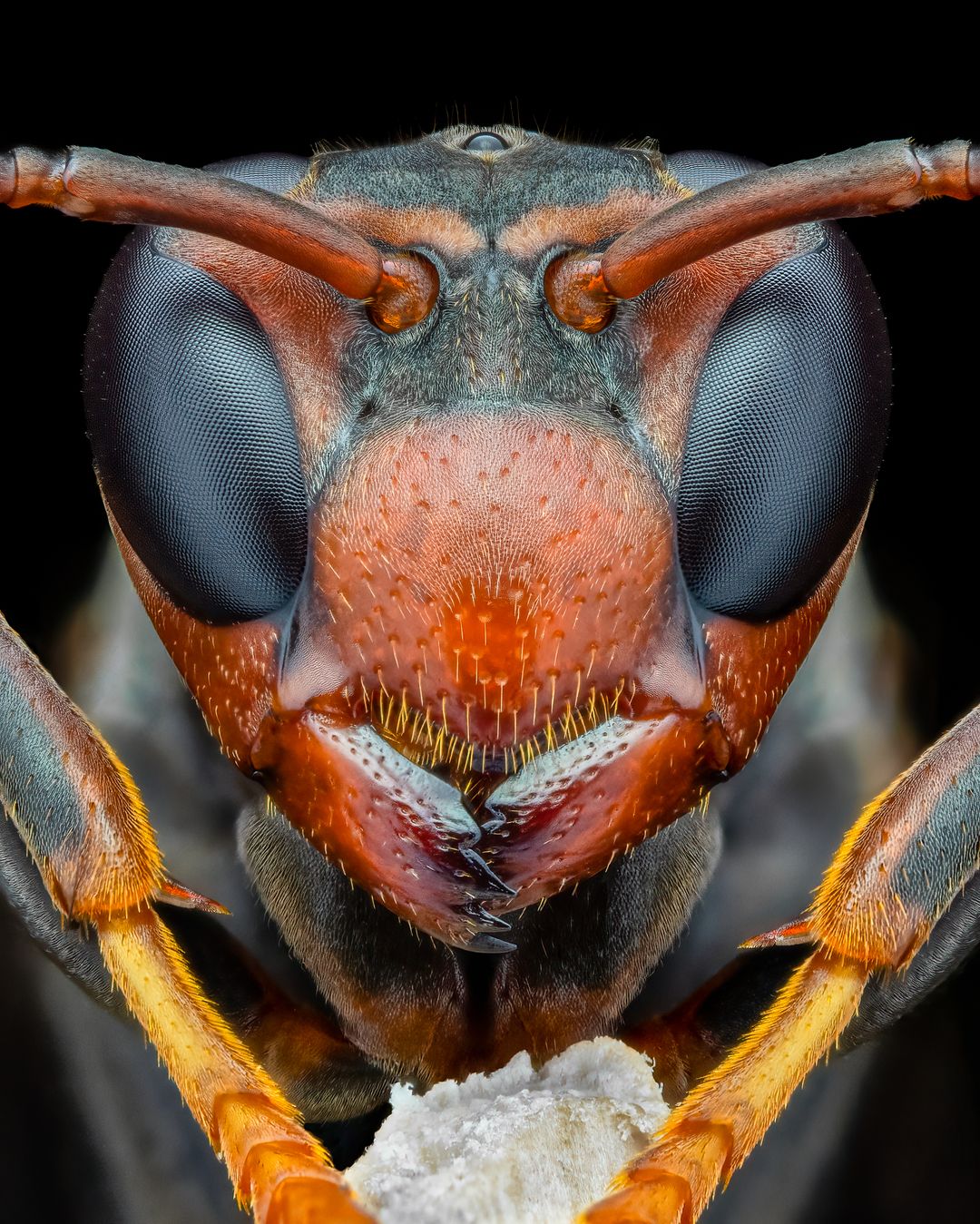
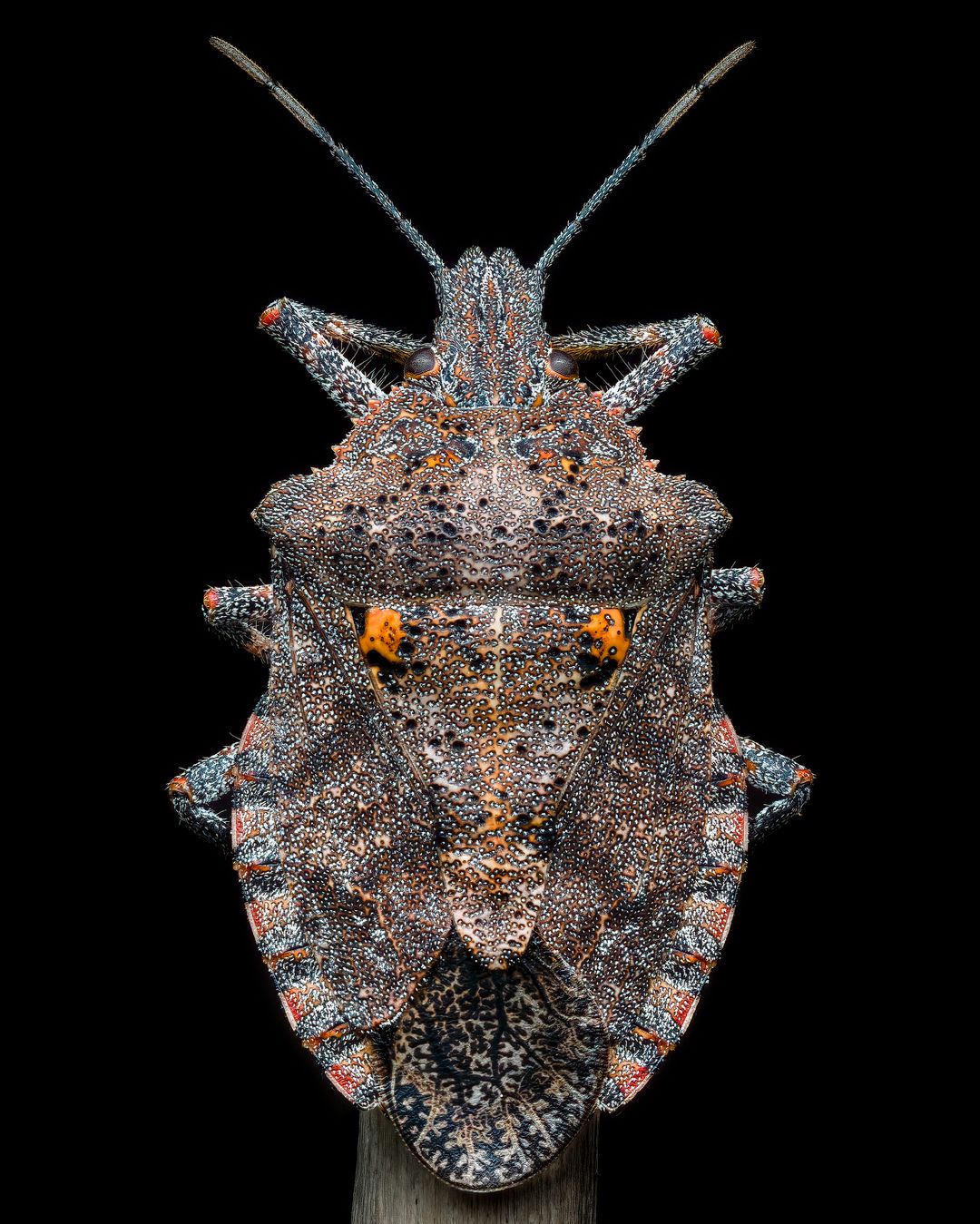
M.Zuiko Digital ED 30mm F3.5 Macro
The 30mm and I have a complicated past. The first time I tried it I thought, “Nah, not for me”, and away it went. My main issue? I couldn’t figure out how to use it with flash. The form factor is so short and the working distance is pretty tight that I couldn’t get light in front of my subjects with a normal speedlight. I eventually tried the lens mounted STF-8 flash and while it gave me solid light, I couldn’t diffuse it to my liking. Other photographers have figured this out, but I haven’t.
Since then, I threw the idea of using flash out the window and discovered it’s actually a really fun macro lens.
Lens attributes:
- Up to 1.25x magnification
- Autofocus
- Focus stacking/bracketing capable
Not as long of a list as the other two lenses but that just leaves more up to the photographer. What I like most about this lens, other than its portability and affordability (it’s the least expensive of the three macro lenses) is that it gives you a wider field of view than the other OM SYSTEM macro lenses. I know 60mm full frame equivalent isn’t super wide, but it’s much wider than 120mm and 180mm equivalents of the other macro lenses. It also goes up to 1.25x magnification which is closer than the 60mm.
The compact size and narrow working distance of the 30mm actually enables a very specific type of macro photography, and that’s handheld natural light focus stacking/bracketing. You can take this lens out into the forest and set it directly on the sides of trees, on mossy patches, on decaying logs, etc., and focus stack/bracket using natural light with direct lens contact for stabilization. I was able to do this with extremely small subjects and relatively high frame focus brackets (at F3.5, even). An increased working distance probably wouldn’t give you as many opportunities because the more space there is between the lens and the subject, the move variables you have to work with.
The 30mm is also sharp wide open which makes it great for general photography. When I wasn’t in the dirt bracketing tiny slime molds, I was photographing leaves and other subjects from a bit further away.
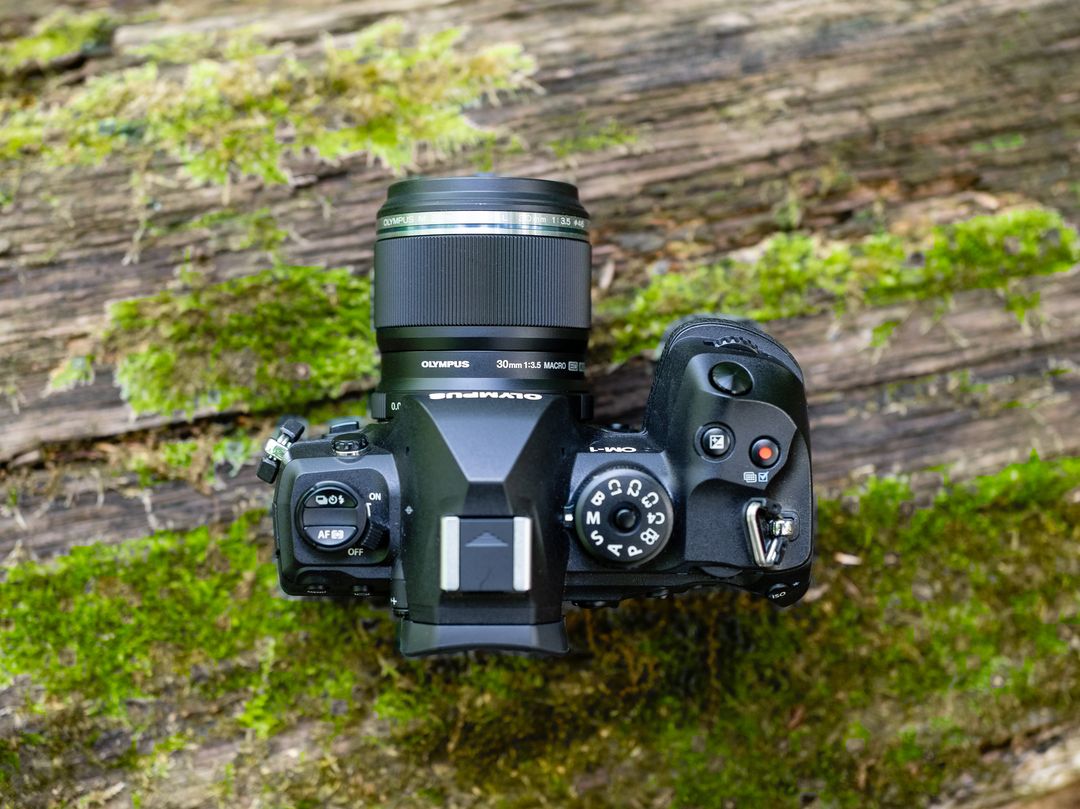
Is the 30mm right for you?
This lens is a great fit for natural light macro photographers and for those that want great image quality in a small package. It’s not the easiest lens to use for bugs and spiders because you have to get super close to your subject in order to benefit from the increased magnification. However, if you enjoy photographing mushrooms, slime molds, natural textures, etc., this budget macro lens might be your best bet.
